The depression you've probably never heard of
The 1920/21 depression was a whopper, with US stocks falling by almost 50%. But now, it’s all but forgotten. John Stepek asks what we can learn from it.

Welcome back to the latest in our occasional series on "classic crashes".
Last week we looked at one of the biggies the South Sea Bubble.
This week, we're returning to the more obscure side of the crash ledger.
MoneyWeek
Subscribe to MoneyWeek today and get your first six magazine issues absolutely FREE

Sign up to Money Morning
Don't miss the latest investment and personal finances news, market analysis, plus money-saving tips with our free twice-daily newsletter
Don't miss the latest investment and personal finances news, market analysis, plus money-saving tips with our free twice-daily newsletter
I'm talking about the depression of 1920 to 1921.
It was a whopper. Double-digit deflation. Rampant unemployment. The cheapest valuations ever seen in US stockmarket history.
And you've probably never heard of it...
How the US stockmarket hit its cheapest level ever
Between January 1920 and June 1921, the US economy crashed. Depending on whose stats you use, consumer prices fell by around 16% the sort of deflation that would send today's central bankers fleeing for the hills with a crate of gold and a shotgun. Unemployment rose from around 5% to as much as 11%. Gross national product declined by around 17%.
It was the sharpest slump ever seen in US history not the deepest, but by far the quickest. The rate of business failures tripled, while corporate profits collapsed. The US stockmarket followed suit. The Dow Jones Industrial Average peaked at just under 120 on 3 November, 1919. It bottomed out on 24 August, 1921, at 63.9. In other words, it almost fell in half.
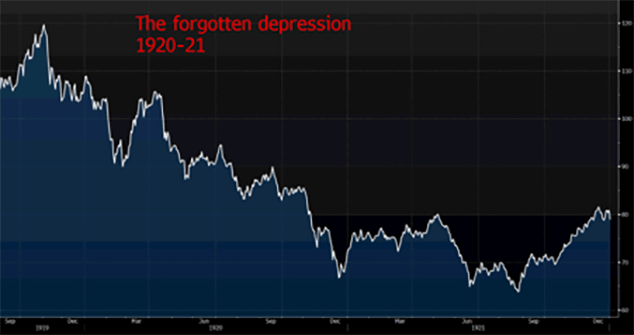
Source: Bloomberg
And the stockmarket got cheap, by the way. Based on the cyclically-adjusted price/earnings ratio (Cape which averages earnings out over a ten-year period to give a better picture of valuation), US stocks have never ever been cheaper (dating back to 1871) than they were during this depression. They were trading on a Cape of less than five at one point.
So we're talking a serious economic crash. If it had continued, then it would easily rival the Great Depression in terms of magnitude and historical noteworthiness.
And yet, it didn't continue. By 1923, employment was back to healthy pre-crash levels. Industrial production which had dropped by almost a third during the crash surpassed its previous peak by the end of 1922.
As for stocks, within a year of the bottom, the index was back above the 100 level. And by late 1924, it had surpassed its 1919 high.
So what happened?
Was the 1920/21 crash simply a case of consumers going on strike?
Traditionally due largely to Milton Friedman and Anna Schwartz the US Federal Reserve gets the blame for the crash. Under this argument, the Fed raised interest rates rapidly in 1919 and 1920 to counter inflation, thus causing the crash. Naturally, under this argument, the Fed also saved the economy by loosening monetary policy after the crash.
I don't have a lot of time for this particular interpretation. I'll explain why in a moment. But first I wanted to have a look at another view from Robert Shiller (who also popularised the aforementioned Cape ratio). In his recent paper on "Narrative Economics", Shiller espouses his idea that narratives have a much bigger impact on economies and financial markets than we give them credit for, and outlines a "grand narrative" that could have driven the 1920/21 crash and recovery.
I'm not entirely sure I agree with Shiller's theory, by the way. People naturally think in terms of "stories", but the most compelling stories the ones that might give rise to the sorts of booms and busts that stand out tend to spring from economic "facts" (at least in the early stages).
Narratives certainly exaggerate booms and busts, but it's a question of extent. The risk, I feel, is that it's tempting to make the jump (one with potentially disturbing implications for free speech) of concluding that it's the stories that shape the events, rather than the other way around.
But let's put that aside for a moment. Shiller reminds us that there was an awful lot more going on in the years and months running up to the 1920/21 crash than just the Fed tinkering with monetary policy.
There was World War I, obviously. There was the Spanish flu epidemic that killed more people than the war had. There had been race riots in the US. The murder of Czar Nicholas II and his family by Communist revolutionaries in June 1918 had sparked the first real "Big Red" scare. And on top of all that, there was an oil price shock US oil prices rose by more than 50% from mid-1919 to the end of 1920.
Incidentally, one factor in the oil price shock was rising demand from a new-fangled transport technology the motor car. One writer in the LA Times, notes Shiller, warned that "the nation's oil supply would be exhausted in 18 years." (Proving once again that smart investors never buy Malthusian arguments they just rent them.)
In any case, Shiller argues that with this kind of backdrop, any one of these scary narratives would have been reason enough for consumers and businesses to hold back spending and investing.
But the fundamental driving force was that many people believed that it was only natural for consumer prices to fall, now that the war was over. Meanwhile, those who were keeping prices high were decried as "profiteers" by populist US politicians. Shiller highlights one writer's comment in 1920: "The buying public has reached the point where it refuses to pay war prices for articles."
In conclusion, says Shiller, "perhaps the 1920-21 recession might be better thought of as the 1920-21 consumer boycott".
Shiller frames this as "a possible narrative-based unconventional explanation" for the Depression. It's a compelling idea, and some of the period detail in the argument is fascinating. And I suppose the rapid turnaround is simply explained by prices falling to a point where people thought: "actually, I might as well buy now".
However, it does suffer from one big problem to my mind. There's a much more obvious explanation.
The best theory on why the crash of 1920/21 didn't turn into a catastrophe
My core view of economics is essentially Austrian. So my sympathy lies with economist Jim Grant's take on the 1920-21 depression. In this view, the Fed is partly to blame. But not for raising rates. The real problem is that monetary policy was too loose prior to the crash.
As Edward Chancellor notes in a BreakingViews review of Grant's book on the topic, The Forgotten Depression, the US enjoyed a boom period right after the war ended. This "frenzied post-war prosperity" resembled "many more recent booms". Banks were lending carelessly and the financial system was becoming increasingly fragile, and there was plenty of conspicuous consumption by individuals, and conspicuous investment in trophy assets by companies.
So the bust was a natural result of the prior boom a pattern we've seen reflected over and over and over again in more recent boom/bust cycles, including 2007/08.
What was different was the response. The Fed didn't immediately slash interest rates or print money. In fact, it kept raising them even as unemployment picked up. "Factoring in the general decline in the price levels", notes Chancellor, "real rates topped 20%".
In effect, oversupply collapsed, and asset prices were allowed to fall to the point where, as Grant puts it, "inventories were low, gold was plentiful, and asset values were cheap". In other words, all of the resource misallocation of the boom had been worked off and the economy was lean, mean and ready to grow again as people were presented with genuinely attractive opportunities to profit and to put resources to work.
In other words, it's the opposite of the zombie economy solution that's been put in place since the Great Financial Crisis of 2007/08.
Counterfactuals are tricky. But you do have to wonder if we'd have been home and free of the current crisis by now if monetary policy hadn't been quite as forgiving. I'm not suggesting we needed to put real' interest rates up to 20%, or even to let the banks collapse.
But a little less indulgence from the Fed every time the S&P 500 falls by more than 5% might have helped accelerate the economic healing process. And left us with rather fewer zombies choking up the arteries of the economy.
Get the latest financial news, insights and expert analysis from our award-winning MoneyWeek team, to help you understand what really matters when it comes to your finances.
John Stepek is a senior reporter at Bloomberg News and a former editor of MoneyWeek magazine. He graduated from Strathclyde University with a degree in psychology in 1996 and has always been fascinated by the gap between the way the market works in theory and the way it works in practice, and by how our deep-rooted instincts work against our best interests as investors.
He started out in journalism by writing articles about the specific business challenges facing family firms. In 2003, he took a job on the finance desk of Teletext, where he spent two years covering the markets and breaking financial news.
His work has been published in Families in Business, Shares magazine, Spear's Magazine, The Sunday Times, and The Spectator among others. He has also appeared as an expert commentator on BBC Radio 4's Today programme, BBC Radio Scotland, Newsnight, Daily Politics and Bloomberg. His first book, on contrarian investing, The Sceptical Investor, was released in March 2019. You can follow John on Twitter at @john_stepek.
-
 RICS: Seller confidence hits new high but buyers are yet to return to the property market
RICS: Seller confidence hits new high but buyers are yet to return to the property marketThe latest Residential Market Survey from the Royal Institution of Chartered Surveyors (RICS) shows there are signs that confidence is slowly returning to the housing market
-
 'Lockdown wills’ at increased risk of legal challenge
'Lockdown wills’ at increased risk of legal challengePressures caused by the pandemic led some people to rush their wills. Now, lawyers are saying problems are surfacing that could make them invalid
-
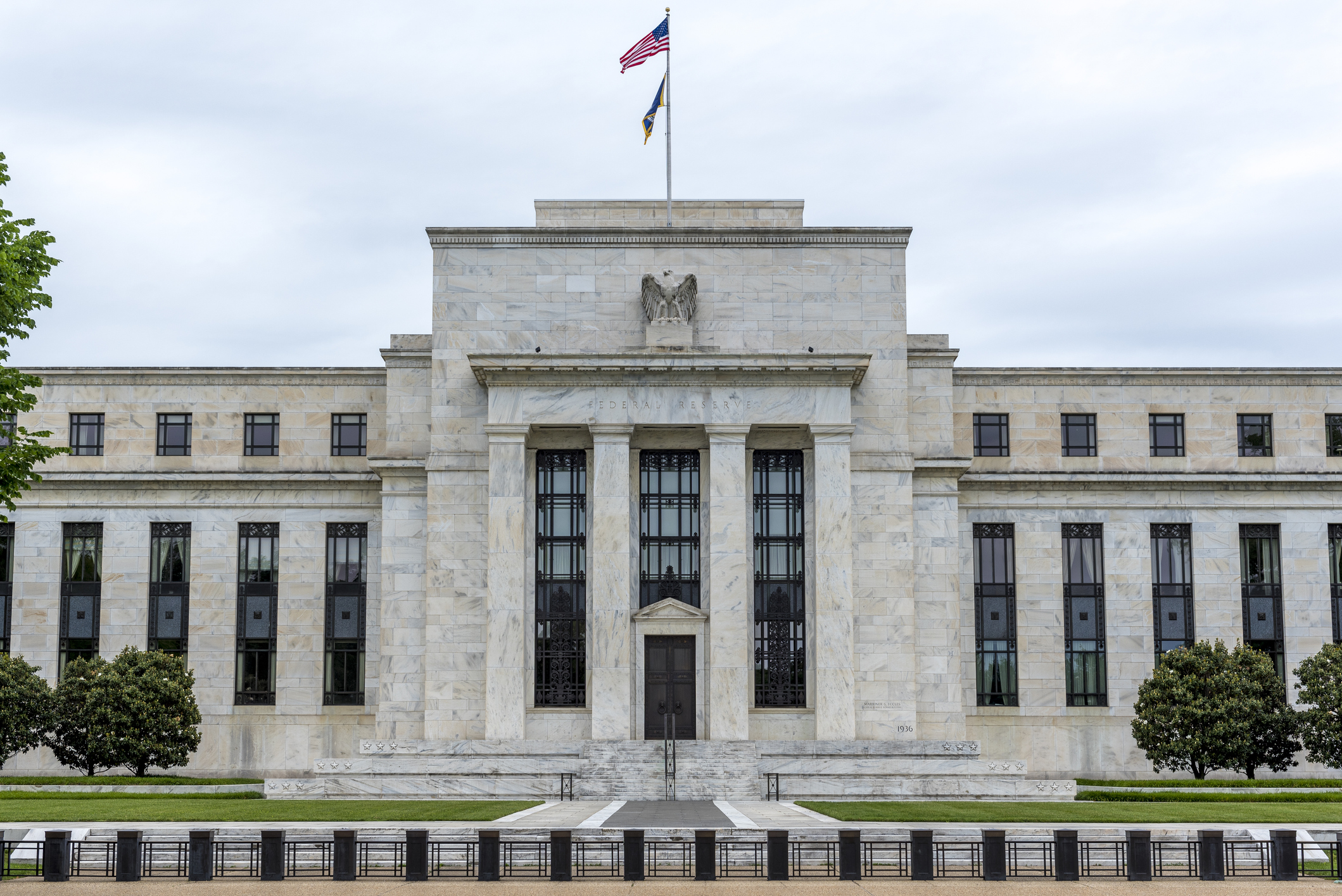 'Governments are launching an assault on the independence of central banks'
'Governments are launching an assault on the independence of central banks'Opinion Say goodbye to the era of central bank orthodoxy and hello to the new era of central bank dependency, says Jeremy McKeown
-
 Do we need central banks, or is it time to privatise money?
Do we need central banks, or is it time to privatise money?Analysis Free banking is one alternative to central banks, but would switching to a radical new system be worth the risk?
-
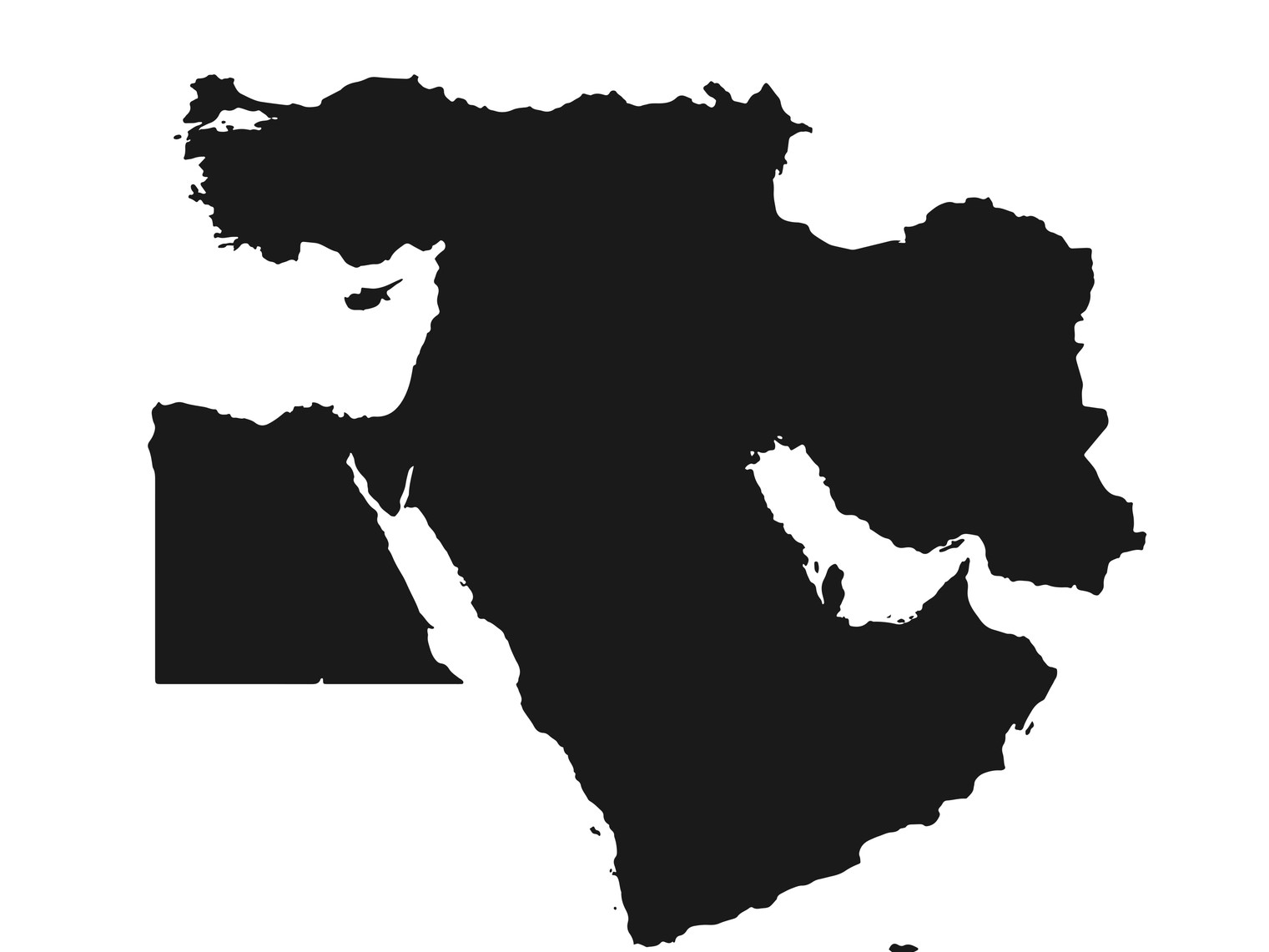 Will turmoil in the Middle East trigger inflation?
Will turmoil in the Middle East trigger inflation?The risk of an escalating Middle East crisis continues to rise. Markets appear to be dismissing the prospect. Here's how investors can protect themselves.
-
 Federal Reserve cuts US interest rates for the first time in more than four years
Federal Reserve cuts US interest rates for the first time in more than four yearsPolicymakers at the US central bank also suggested rates would be cut further before the year is out
-
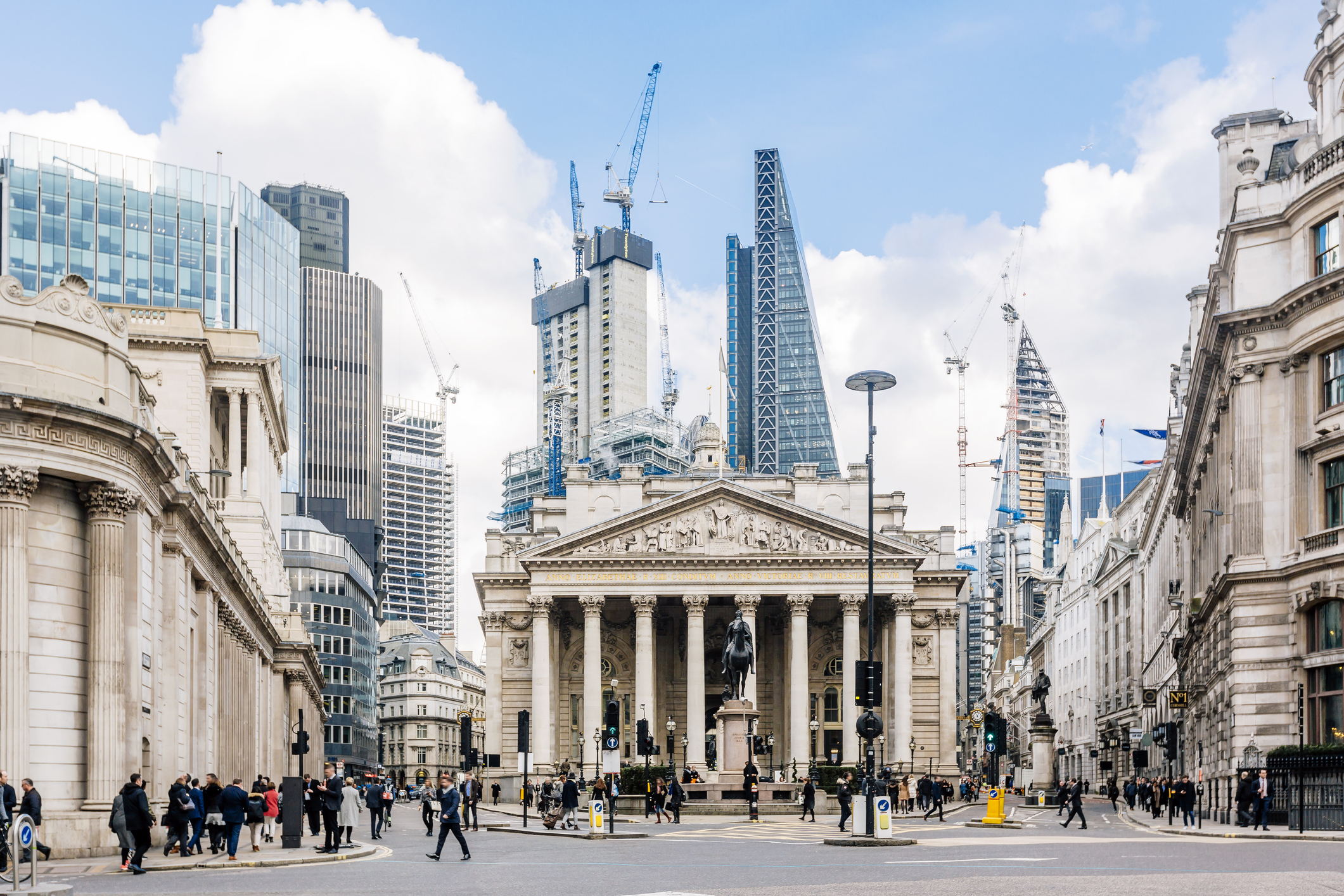 The Bank of England can’t afford to hike interest rates again
The Bank of England can’t afford to hike interest rates againWith inflation falling, the cost of borrowing rising and the economy heading into an election year, the Bank of England can’t afford to increase interest rates again.
-
 Interest rates held at 5.25% again
Interest rates held at 5.25% againThe Bank of England has kept rates at 5.25% again, in a widely anticipated move. We look at what it means for your money - and what the Bank’s next move could be
-
 US inflation rises to 3.7% as energy prices surge - will the Fed hike rates?
US inflation rises to 3.7% as energy prices surge - will the Fed hike rates?US consumer price index rose in August but markets do not expect a rate hike this month
-
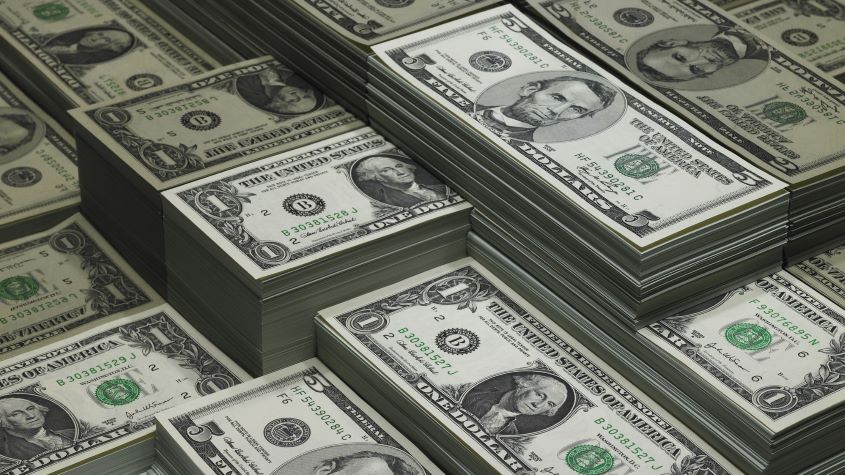 The debt ceiling illustrates America’s empire of debt
The debt ceiling illustrates America’s empire of debtOpinion The US has never quite got the hang of the conquering business as the debt ceiling debate shows.
